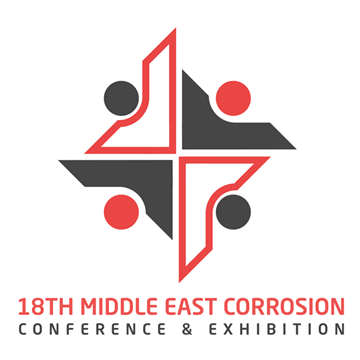Search
Products tagged with 'pitting'
View as
Sort by
Display
per page
An Expanded Characterization of Environmental Severity for Naval Air Stations
Product Number:
51324-20665-SG
Publication Date:
2024
$40.00
Analysis of Pitting Susceptibility of Low Carbon Steels for the Refinement of Salt Dissolution Inhibitor Requirements
Product Number:
51323-19293-SG
Publication Date:
2023
$20.00
Characterization of Stress-Corrosion-Cracking in Plutonium-Bearing Storage Containers
Product Number:
51324-20845-SG
Publication Date:
2024
$40.00
Characterizing Corrosion On AA-7075 Through Alternative Cleaning Methods And Optical Profilometry
Product Number:
51322-17579-SG
Publication Date:
2022
$20.00
Comparison Of CPT-Values Of UNS N08935, UNS N06625, UNS N06455 And UNS N06985 By Use Of A New Electrochemical Method
Product Number:
51321-16665-SG
Publication Date:
2021
$20.00
Corrosion Challenges in Aromatic Extraction Unit
Product Number:
MECC23-20253-SG
Publication Date:
2023
$20.00
Corrosion Of Wrought And Cast Ni-Fe-Cr-Mo Alloys In High-Temperature Brines And CO2-Rich Supercritical Phases With Oxygen And Hydrogen Sulfide
Product Number:
51322-17882-SG
Publication Date:
2022
$20.00
Corrosion Resistance Evaluation Of Super Duplex Stainless Steel In Supercritical CO2 Saturated Liquid Phase Containing Impurities O2 Or SO2
Product Number:
51322-17602-SG
Publication Date:
2022
$20.00
Corrosion Resistance of Duplex Stainless Steels for CCS Application under the Liquid Phase in Equilibrium with Supercritical CO2 Containing Slight Amount of O2
Product Number:
51324-20598-SG
Publication Date:
2024
$40.00
Cyclic Polarization and Electrochemical Impedance Techniques to Rapidly Screen and Assess Pitting Tendencies of Corrosion Inhibitor Actives in Carbon Steel
Product Number:
51323-19389-SG
Publication Date:
2023
$20.00
Development and Testing of a Mechanistic Based Atmospheric Corrosion Prediction System
Product Number:
51323-18962-SG
Publication Date:
2023
$20.00
Development of 27–7MO: An Improved Superaustenitic Stainless Steel With High Strength and Excellent Corrosion Resistance for Sour Service
Product Number:
04114-SG
Publication Date:
2004
$20.00












